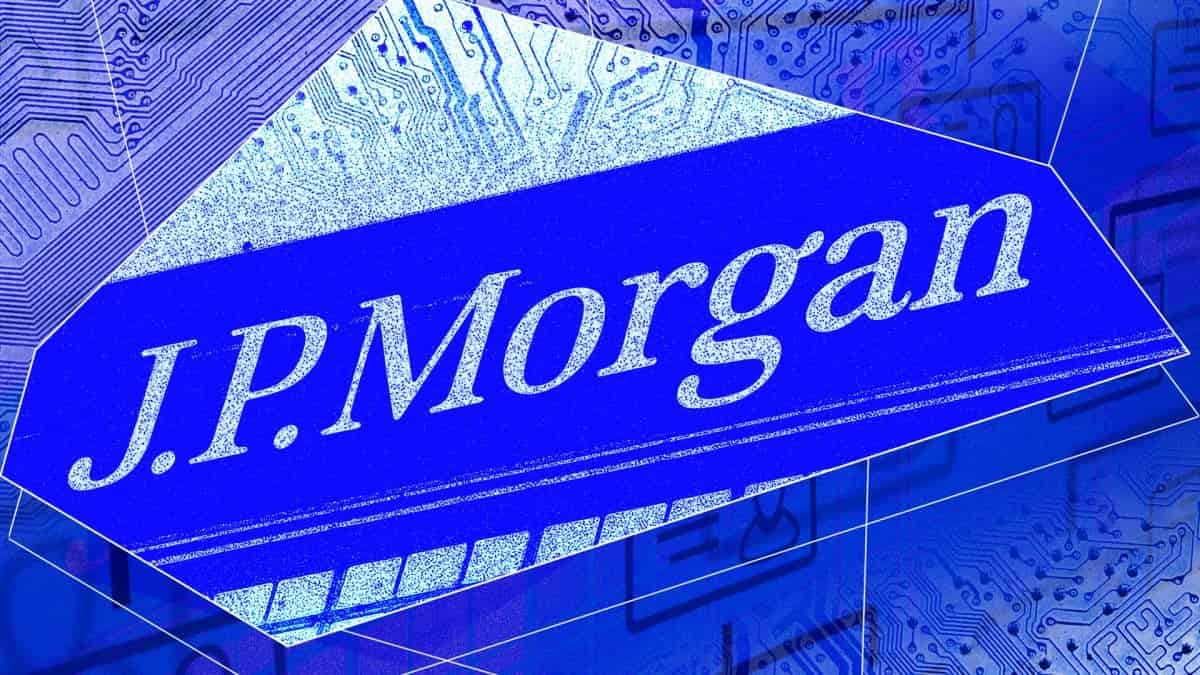JPMorgan says tokenized Treasuries to challenge but not fully replace stablecoins
The market for tokenized Treasuries is growing and could challenge stablecoins’ dominance, JPMorgan analysts said.However, analysts noted that regulatory restrictions and liquidity concerns suggest tokenized treasuries may only partially replace stablecoins.

Tokenized U.S. Treasuries are gaining traction as a yield alternative to stablecoins, but they are unlikely to fully replace stablecoins, according to JPMorgan analysts.
Over the past year, the market for tokenized Treasuries has rapidly expanded, nearing $2.4 billion. While this is still significantly smaller than the $180 billion stablecoin market, it highlights potential challenges to stablecoins' dominance but also indicates that tokenized Treasuries could only partially replace stablecoins, JPMorgan analysts, led by managing director Nikolaos Panigirtzoglou, wrote in a report on Thursday.
Major stablecoin issuers like Tether (USDT) and Circle (USDC) do not share reserve yields with their users, a practice that could not only decrease their revenues but also categorize stablecoins as securities, the analysts said. Such a classification would subject them to stringent regulatory oversight, which could limit their use as collateral in the crypto market, the analysts noted.
While stablecoin users have sought various strategies to earn yield, including lending, these methods come with risks and often require handing over control of assets, the analysts said. In contrast, tokenized Treasuries provide yield without the associated risks of complex trading or lending strategies, allowing users to maintain custody of their funds, they added.
But regulatory hurdles remain a challenge for tokenized Treasuries . Classified under securities law, these offerings are restricted to accredited investors, which limits broader market adoption, the analysts said. For instance, BlackRock's tokenized money-market fund BUIDL requires a minimum investment of $5 million, substantially narrowing the pool of investors due to compliance constraints tied to "Regulation D," they noted.
Despite these regulatory challenges, tokenized Treasuries are poised for further growth and may partly replace traditional stablecoins as collateral in areas like crypto derivative trading. A recent report that BlackRock's BUIDL could be used as collateral on various crypto exchanges highlights the potential demand for tokenized Treasuries, the analysts said. Additionally, tokenized Treasuries could replace non-yield-bearing stablecoins in decentralized autonomous organization (DAO) treasuries, liquidity pools and idle cash held by crypto venture funds, the analysts said.
Over time, it's possible that tokenized Treasuries could replace most of this idle cash currently held in stablecoins. However, estimating how much idle cash there is can be difficult, and it's unlikely to be a large part of the stablecoin market, the analysts said. As a result, "tokenized treasuries would eventually replace only a fraction of the stablecoin universe (unless regulations change dramatically in the future)," according to the analysts.
Currently, stablecoins have a significant advantage in terms of liquidity. With their market cap nearing $180 billion, stablecoins facilitate low transaction costs even for large trades, enabling seamless trading. Conversely, tokenized Treasuries, still in their nascent stage, have lower liquidity, the analysts said.
"This liquidity disadvantage could potentially be lessened over time as tokenized treasuries gain further traction in the future. But, as mentioned above, a full replacement of stablecoins seems unlikely given tokenized treasuries’ regulatory disadvantage (ie by being classified as securities tokenized treasuries are subjected to more restrictions that stablecoins, thus hindering their seamless use as a source of collateral in the crypto ecosystem)," the analysts concluded.
Disclaimer: The content of this article solely reflects the author's opinion and does not represent the platform in any capacity. This article is not intended to serve as a reference for making investment decisions.
You may also like
[Initial Listing] Bitget Will List PrompTale AI (TALE). Come and grab a share of 3,480,000 TALE
New spot margin trading pair — LA/USDT!
AINUSDT now launched for futures trading and trading bots
Bitget releases June 2025 Protection Fund Valuation Report
